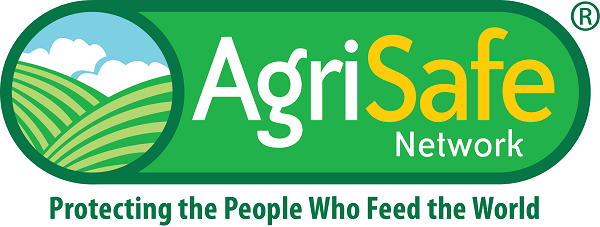AgriSafe Learning
Chainsaw Safety Training
Recorded On: 02/01/2024
-
Register
- Non-member - Free!
- Member - Free!
Summary: The Chainsaw Safety training program is intended for workers and managers in the agricultural and forestry industries. The major focus of the program is on the identification of and the safe operation of chainsaws. According to the Centers for Disease Control and Prevention (CDC), approximately 36,000 people are injured by chainsaws annually.
Intended Audience: This course is intended for workers in forestry and logging, including fallers, first-line supervisors/managers of forestry workers, logging equipment operators, sawing machine setters, operators and tenders, and truck drivers.
Objectives: At the conclusion of the training, participants will be able to:
- Describe the purpose of OSHA’s rule on Chainsaw Safety.
- Explain the basic requirements of Chainsaw Safety.
- List the components of creating a safe work environment.
- Discuss the proper PPE to be worn during chainsaw operations.
- Review the precheck of the equipment before starting the job.
Dan Neenan, MBA, Paramedic, Fire Instructor
Director
National Education Center for Agricultural Safety
Dan Neenan, MBA -joined the NECAS staff in August of 2002 as Director. Dan is a Paramedic, Firefighter II and EMS instructor. He is currently a member of the Iowa Propane Board. Vice Chair of the Dubuque County Emergency Management Commission, Treasurer, Dubuque County EMS.
In his work at NECAS, Dan has developed several OSHA-approved training programs as well as Agricultural rescue programs. Safety programs include viticulture safety, enology safety, confined space-grain bin entry, Prevention of grain storage fire and explosions, chemical safety, and confined space-manure pit entry. Rescue programs include tractor rollover, combine auger rescue, grain bin rescue, manure pit rescue, and anhydrous ammonia emergency response. To date, the Grain Bin Rescue courses have saved 43 lives nationally.
Key:
| Access Date | Quiz Result | Score | Actions |
|---|
Quick Search
Technical Difficulties
Submit a help ticket if you need technical assistance.
Having Computer Issues? Please check your internet browser and security settings to allow permissions for this website. Browsers: Microsoft Edge version 40 or higher; Chrome version 60 or higher, Firefox version 50 or higher; or Safari version 10.1 or higher. We recommend using Google Chrome or Firefox as your browser.
